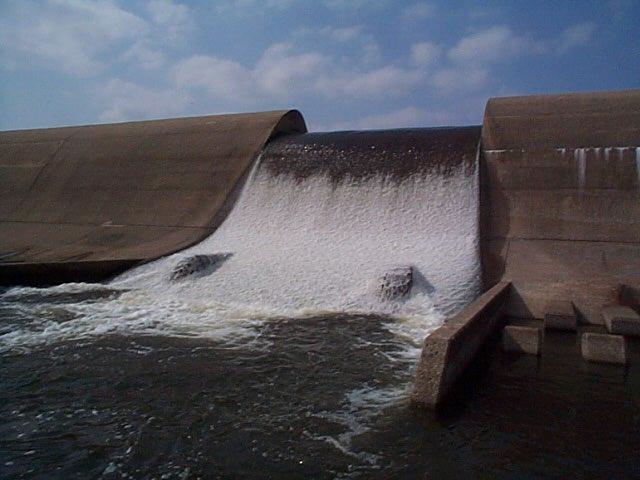__________________________________________________________________________________________
Optimization of Implementing Best
Management Practices (BMPs) in Urban Areas
Case Study in Surabaya City,
Indonesia
Master
Thesis by Badruz Zaman
Abstract
Runoff is the main source
of urban flooding especially in the local drainage system. Urbanization, land
use changes and climate changes are among the triggers that cause stormwater
runoff increases. Conventionally problems of urban floods are solved by increasing
the capacity of drainage networks in order to allow more stormwater runoff into
the drainage system. However, this solution incurs high costs and not adaptable
to the future uncertainties. US Environmental Protection Agency (USEPA) has
promoted stormwater management in urban areas that more sustainable for future
uncertainty which is called stormwater Best Management Practices (BMPs). The
concept is utilizing the limited spaces in urban areas in mimicking
predevelopment of hydrological site (natural condition). This research
therefore aims to optimize the implementation of BMPs for retrofitting existing
urban drainage network. Two conflicting objectives are solved in this research
i.e. maximizing runoff reduction and minimizing BMP intervention costs. To
evaluate the performance of BMP implementation, a case study in Puri Mas
residential area of Surabaya in Indonesia has been developed. The final goal
for this thesis is presenting optimal Pareto fronts of unit BMPs. This
information is important for having a better decision making process.
The research is started by
data collection and analysis. Rainfall data, subcatchment properties, and
drainage networks are among data that have been analyzed. Those data are used
to build a model of the drainage system in Puri Mas using SWMM 5.1. For
implementing BMPs in the existing drainage system, 7 BMPs have been analyzed to
see their feasibility to be implemented in the case study area. Finally, four
BMPs have been selected and therefore detail design and costs estimation for
each BMP are carried out. The selected BMPs are bio-retention cell, green roof,
infiltration trench, and rain barrel. These BMPs then were applied in the
existing drainage system of Puri Mas residential area. For optimizing the
implementation of the BMPs, genetic algorithm based on NSGA-II was used to
solve the multi-objective optimization. The result of optimization process is
offset of solutions which indicate the areas implementation of BMPs. With this information, it is expected that
decision making process would be better.
Optimization process of
implementation of BMPs in a case study area of Puri Mas has been performed and
the result of the optimization process shows that BMP application has
significantly reduced the peak flow. Within only occupied 15.43% of the total
area, peak flow can be reduced by 27.74% which is from 130.20 litres per second
to 94.08 litres per second with estimated costs of US$ 1.99 million. There are
also varying solutions that are presented here to be chosen by decision makers.
The results also showed that the optimized solutions provide valuable
information for decision making process that commonly are not much easily
identifiable by decision makers.
Keywords: runoff, stormwater, uncertainty, best management practices,
hydrological, retrofitting, Pareto fronts, drainage networks, bio-retention
cell, green roof, infiltration trench, rain barrel, genetic algorithm, NSGA-II,
multi-objective obtimization, peak flow, decision making.
______________________________________________________________________________












